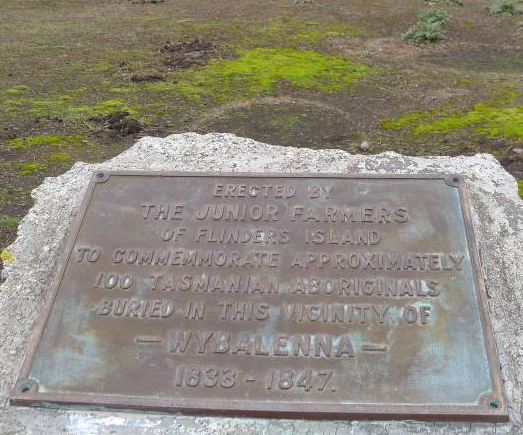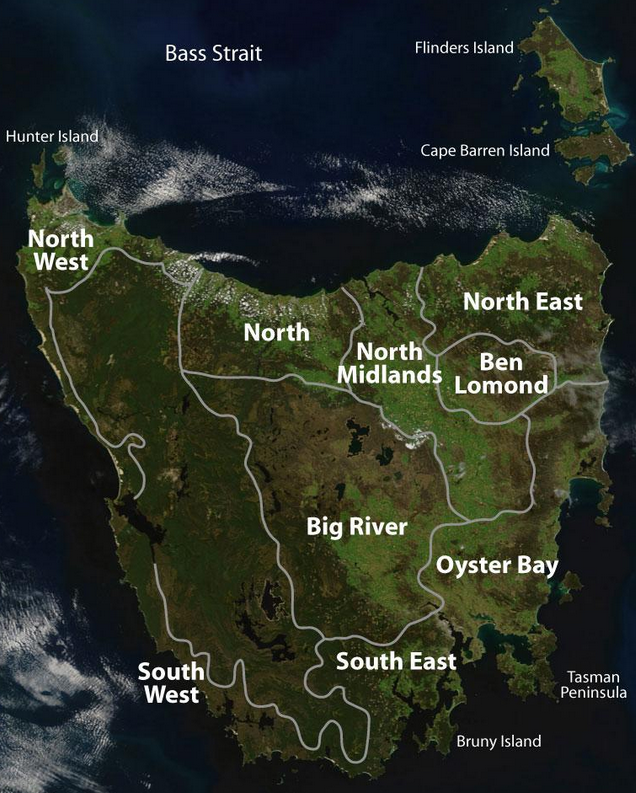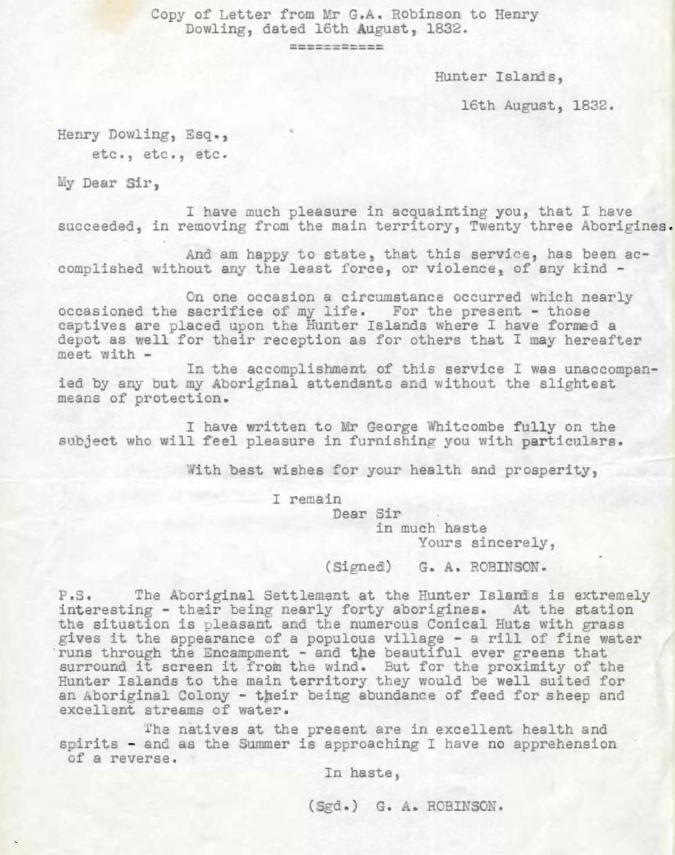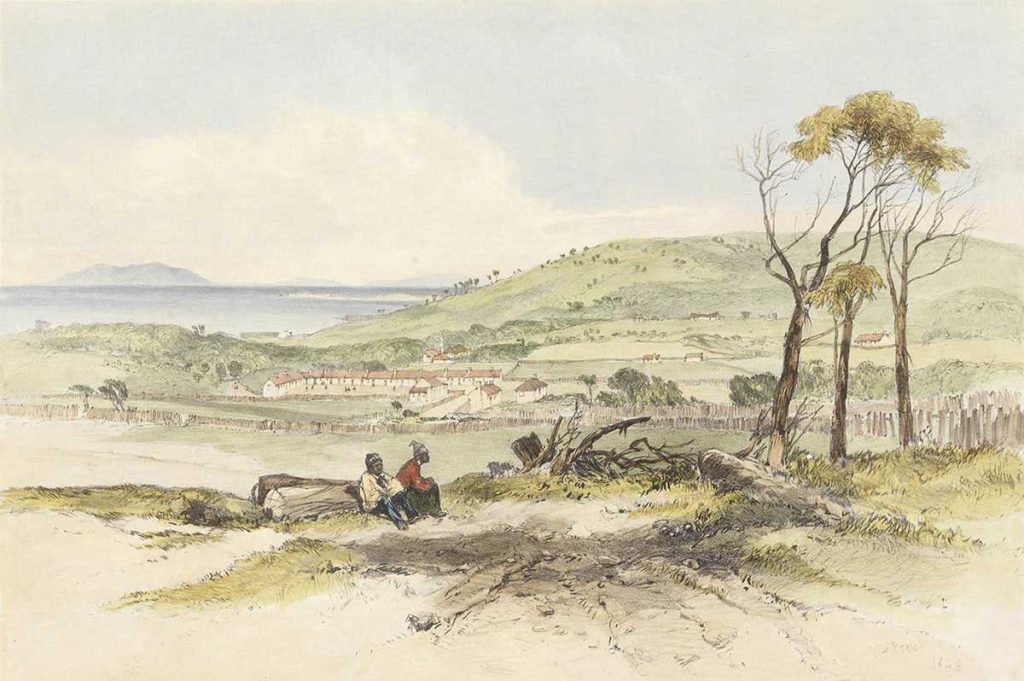Poolrerrener, Bullrub, Bullroe and Boolroi

Poolrerrener (also known as Bullrub, Bullrow, Bullroe, or Bulra, meaning “mother”) originated from Cape Portland and was the mother of Jumbo. She lived with Young Scott, a sealer on Kangaroo Island, where she had spent many years among the sealers. Described in December 1832 as being advanced in age, at least 40 years old, her daughter Jumbo was noted as about 19 years old in June 1831. Poolrerrener also had a grown son, Edward Tomlins, known as Black Ned, a harpooner who later settled in Hawkes Bay, New Zealand.
In February 1832, Bulra arrived in Launceston from Kangaroo Island aboard Griffith’s Schooner and was subsequently taken to the Hunters. Shortly afterwards, her son Edward embarked on a whaling voyage to the western coast of New Holland. Poolrerrener continued to live among the sealers in the western straits, initially with John Dodson (also known as William Dobson), and later with Robert Rew. On August 17, 1832, she was handed over to George Augustus Robinson by Rew and sent to the Aboriginal Establishment, where she likely passed away before September 1835.
In February 1832 Poolrerrener arrived in Launceston from Kangaroo Island, where for years she had been living with a sealer named ‘Young Scott’
she went onto Hunter Island, probably because her son Black Ned (Edward) was there, But Edward had left soon on a whaling voyage to the ‘Western Coast’ of New Holland.
Poolrerrener may have been sold or bartered by Edward as she was soon living with John Dobson and then Robert ‘Rew’ both were sealers and when Robertson returned later in 1832 Poolrerrener asked to be removed to the Aboriginal settlement on Flinders Island.
At Flinders Island Poolrerrener was at Lagoons untill February 1833 and then to Wybalenna when that settlement was established
Poolrerrener died at Wybalenna island just off Flinders Island before September 1835 where over 100 Aboriginals died:
Local Farmers
“Erected by the junior farmers of Flinders Island to commemorate approximately 100 Tasmanian Aboriginals buried in this vicinity of Wybalenna 1833-1847”
The [British] inhabitants are carrying on a war of extermination with the natives who are destroyed without mercy wherever they are met. In the early 1830s, authorities exiled 134 Tasmanian Aborigines to Wybalenna on Flinders Island. The people worked to keep their culture strong, but their sense of loss was profound.



Lorem ipsum dolor sit amet, consectetur adipiscing elit. Ut elit tellus, luctus nec ullamcorper mattis, pulvinar dapibus leo.

